Peers around the world: building a greener future through sustainable innovation
/Pressbild_Anna_Ma_rd-6.jpg)
This February, in our Peers Around the World series, where we hear from leaders in innovation from across our global network, we spoke with Anna Mård, CEO of Skellefteå Science City. This innovation district, located in northern Sweden, is known for its commitment to sustainability, green technologies, and a collaborative environment. As part of Sweden’s growing emphasis on sustainable development and technological innovation, Skellefteå Science City plays a pivotal role in driving the green transition.
In this interview, Anna shares her insights into the district’s strategy and distinctive approach to innovation. Find out how Skellefteå Science City is making great strides in sustainable innovation and societal transformation, and what lessons can be learned for AOIs, IDs, and STPs around the world.
Skellefteå Science City is known for its focus on sustainability and green innovation. How do you drive system innovation to support the green transition, and what are some notable projects you're currently excited about?
At Skellefteå Science City, we drive system innovation by fostering collaboration between businesses, academia, and the public sector to accelerate the green transition. With a clear mandate from the Municipality of Skellefteå, we lead strategic projects and develop test beds that enable the implementation of sustainable solutions. By working at a system level, we facilitate change that no single actor can achieve alone.
As a neutral facilitator, we build cross-sector partnerships, secure funding, and coordinate strategic initiatives that accelerate innovation. We also support businesses in developing and scaling sustainable solutions by providing access to business development, innovation management, and capital.
For example, we run the Arctic Aviation Hub, which accelerates the future of sustainable aviation. With a focus on battery- and hydrogen electric aircraft, drones, and supporting infrastructure, the hub positions Skellefteå as a leading centre for electrified aviation development in Sweden and beyond.
We also coordinate North Sweden Cleantech, a cluster of over 100 companies and organizations across four northern regions in Sweden, all working towards sustainable solutions and the green transition.
What sets Skellefteå Science City apart from other innovation spaces in the community, and how does the innovation district’s approach enable both technological advancement and societal transformation?
Skellefteå Science City has a holistic and system-based approach to innovation. We don’t just focus on technology – we integrate business, academia, and the public sector to drive societal transformation alongside technological advancements.
Skellefteå and the Innovation District serve as a real-world testbed, allowing us to accelerate the commercialization of sustainable solutions while addressing real community challenges. By fostering collaboration across industries and disciplines, we create an ecosystem where innovation drives meaningful impact.
Skellefteå recently launched Skellefteå University Alliance, which aims to bring national and international universities to Skellefteå to offer new educational opportunities. How does the partnership between Skellefteå Science City and Skellefteå University Alliance contribute to advancing research and innovation, especially in the field of sustainable technologies?
The Skellefteå University Alliance (SUA) – initiated by the Municipality of Skellefteå – establishes a partnership that provides access to essential research and education within our region. As Skellefteå Science City already works closely with academia, we see great potential for new collaborations in key strategic areas. University expertise is important for accelerating the transition to a sustainable society and strengthening Northern Sweden as a leading knowledge region. SUA will contribute to this alongside already established universities.
When considering global strategies, particularly in the field of sustainable development, what role do international partnerships play in accelerating innovation and sustainability at Skellefteå Science City?
Global strategies have a significant impact on us, which is why we have intentionally strengthened our international focus in recent years with more international projects and that's also why we joined IASP. By building partnerships and projects between innovation ecosystems in Europe and beyond, we create opportunities for companies and organizations to learn from each other, access new markets, and develop innovative solutions that address global challenges. New perspectives and strong international relationships are key drivers of innovation.
What advice would you give to other leaders of innovation hubs and technology parks to help them usher in systemic change and contribute to sustainability efforts both locally and globally?
Foster an open and collaborative mindset – share knowledge, invite partnerships, and work across sectors to address complex challenges. Strong local and global collaborations are essential for driving innovation and accelerating impact. We embrace open innovation and build diverse teams that bring together a wide range of expertise and perspectives. Our philosophy is ‘learning by doing'– we prioritize rapid testing and real-world implementation to refine ideas, create test beds, and turn innovation into tangible results.
As a leader in a rapidly evolving field, how do you personally stay inspired and ahead of the curve in terms of innovation and sustainability?
For me, staying ahead means aligning with a clear purpose: creating a sustainable and innovative future for Skellefteå. I follow emerging trends in green technology, digital transformation, and circular economy models. By fostering a forward-thinking mindset and encouraging bold initiatives, I strive to ensure that our region not only adapts to change but drives it.
What do you find most rewarding about your role as CEO of Skellefteå Science City?
What I find most rewarding is the ability to collaborate with passionate people – from businesses and organizations to the public sector – to drive meaningful change. By working together, we can accelerate innovation and sustainability in ways that benefit both companies and communities. Northern Sweden is leading the green transition, and I’m proud to be part of a region that dares to take bold steps toward a sustainable future.
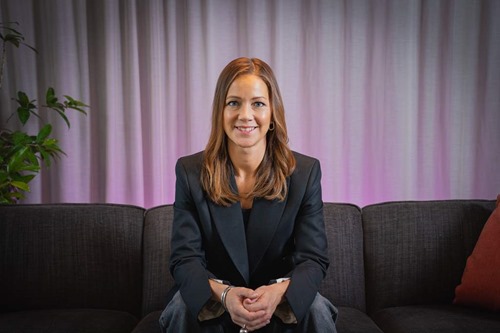
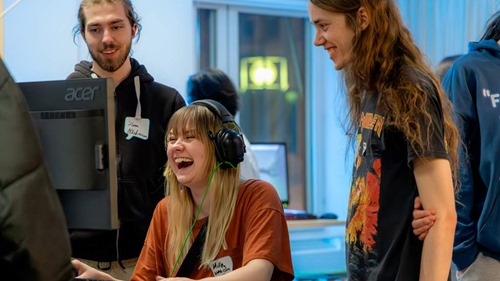
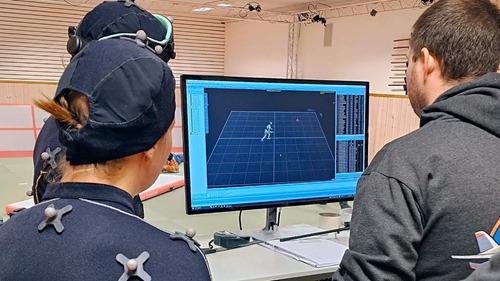
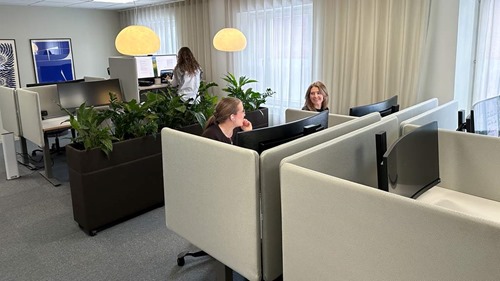


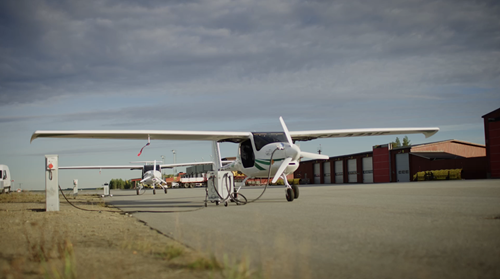
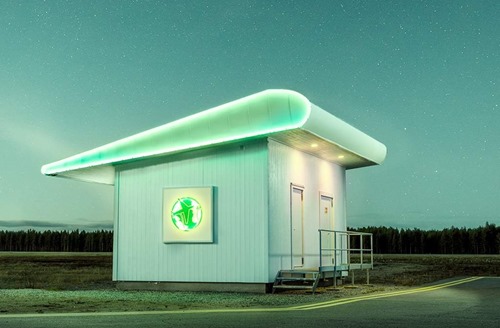
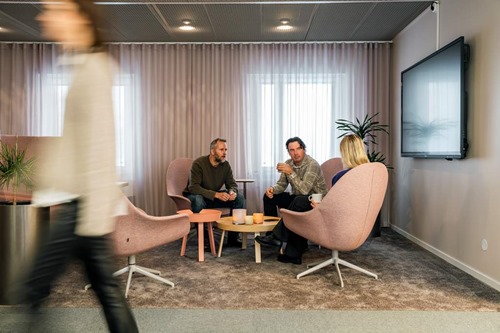
/)

/canvascolor(0xffffffff)/Untitled_11.jpg)
/canvascolor(0xffffffff)/KENNISPARK-TWENTE_FC-LOGO-1-800x220_1.png)
/canvascolor(0xffffffff)/2023_10_17_China_Weiguang_Life_Science.png)
/canvascolor(0xffffffff)/MemberLogo-5669-6104.jpg)
/canvascolor(0xffffffff)/2024_01_09_Logo_Business_Turku_2.png)
/canvascolor(0xffffffff)/logo_tracom-1_1.png)
/canvascolor(0xffffffff)/2021_08_20_China_Baixia_High-Tech_Zone.jpg)
/canvascolor(0xffffffff)/2024_04_04_The_Netherlands_Lindholmen_Science_Park.jpg)
/canvascolor(0xffffffff)/Aj_basa_2014_color-fonsgrisE_2.png)
/canvascolor(0xffffffff)/MemberLogo-75801-6122.jpg)
/canvascolor(0xffffffff)/PPPT_pion_logo_CMYK_L_(003)_3.jpg)
/canvascolor(0xffffffff)/2017_06_19_South_Africa_The_Innovation_Hub.emf.jpg)
/canvascolor(0xffffffff)/QU_LOGO.png)
/canvascolor(0xffffffff)/MemberLogo-75401-5958.jpg)
/canvascolor(0xffffffff)/MemberLogo-83001-342701.png)
/canvascolor(0xffffffff)/2017_10_23_Iran_Pardis_Technology_Park.png)
/canvascolor(0xffffffff)/2017_10_24_Morocco_Technopark_Morocco.JPG)
/canvascolor(0xffffffff)/logo_TROKUT_Å_ibenik_PNG_2.png)
/canvascolor(0xffffffff)/MemberLogo-59301-6100.jpg)
/canvascolor(0xffffffff)/2022_11_11_Thailand_Prince_of_Songkla_University_SP.jpg)
/canvascolor(0xffffffff)/STH-Tech_logo_USUEL_RGB_NOIR_vsF_avril_21_1.png)
/canvascolor(0xffffffff)/2017_10_26_Portugal_Tecmaia.png)
/canvascolor(0xffffffff)/2020_06_29_Sweden_Link_ping_SP.jpg)
/canvascolor(0xffffffff)/2019_11_12_China_Tuspark_(Jiangsu).png)
/canvascolor(0xffffffff)/acronimo_nombre3l_6.jpg)
